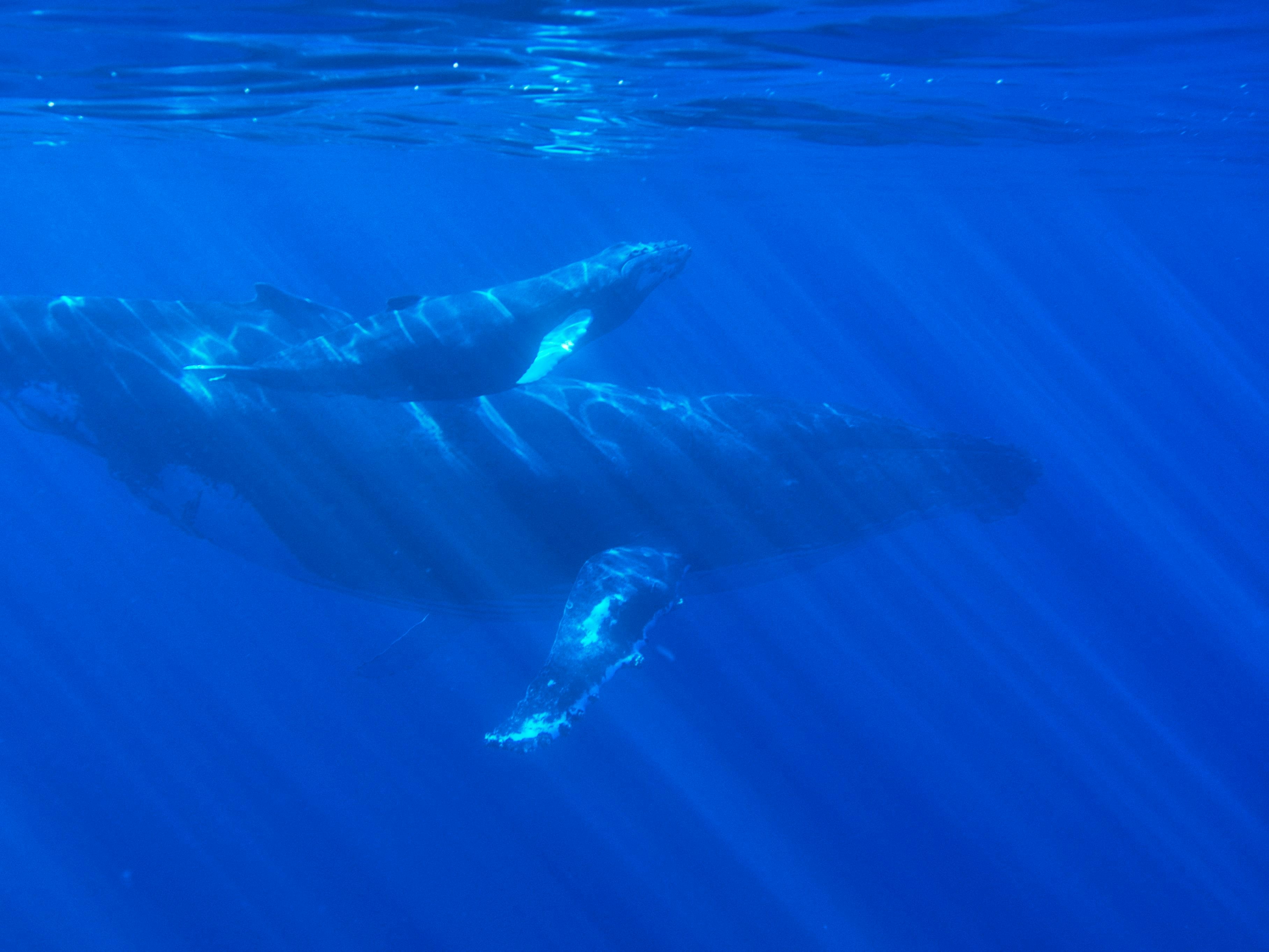Media release
From:
Longer rorqual whale mothers produce more female offspring
There are many hypotheses about how mammals should invest in male and female offspring to maximize their inclusive fitness. We used one of the largest sets of mammalian fetal sex data, from commercial whaling logbooks, to test whether baleen whale mothers with more resources to invest would produce more male or female offspring. We found that larger mothers had more female offspring. These results are consistent with the high costs of gestation and lactation for female baleen whales, as well as the difficulty of excluding small males from competition in aquatic environments.



 International
International



